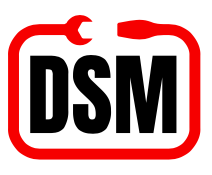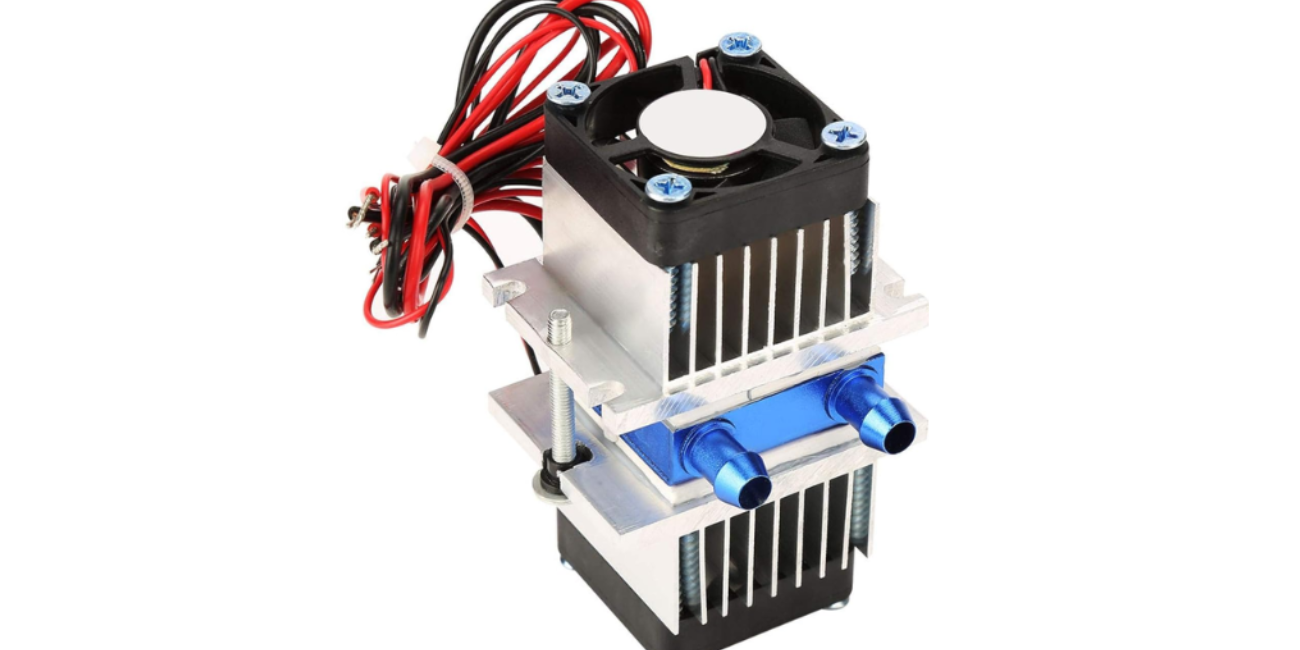At the heart of this kit lies the TEC1-12715 thermoelectric cooler (TEC) module. These modules operate on the Peltier effect, a phenomenon where an electrical current passed through two dissimilar conductors creates a temperature difference. One side of the module gets cold, while the other gets hot. The TEC1-12715 is a specific model number that defines its performance characteristics, including its voltage and current requirements, cooling capacity, and physical dimensions. It's a compact and efficient way to achieve localized cooling without the need for bulky compressors or refrigerants, making it perfect for DIY projects.
What's in the DIY Kit?
A typical TEC1-12715 DIY kit includes all the essential components you need to get started:
- TEC1-12715 Thermoelectric Peltier Module: The star of the show, this module is responsible for the cooling effect.
- Heatsink: Crucial for dissipating the heat generated on the hot side of the TEC module. A good heatsink is essential for efficient cooling and preventing damage to the TEC. Kits often include a substantial aluminum heatsink.
- Fan: To further enhance heat dissipation from the heatsink, a fan is usually included. This forced-air cooling significantly improves the system's performance.
- Power Supply (Optional): Some kits may include a suitable power supply, which is necessary to drive the TEC module. If not included, you'll need a DC power supply capable of providing the required voltage and current (check the specifications of your TEC1-12715 module).
- Thermal Paste/Grease: Essential for ensuring good thermal contact between the TEC module, heatsink, and any cold-side object you intend to cool. This improves heat transfer efficiency.
- Mounting Hardware: Screws, nuts, and other hardware to securely assemble the components.
- Instructions/Wiring Diagram: A guide to help you put everything together correctly.
Building Your Thermoelectric Cooler:
Assembling the kit is a rewarding experience. The process typically involves:
- Applying Thermal Paste: Carefully apply a thin, even layer of thermal paste to both sides of the TEC module where it will contact the heatsink and the object to be cooled.
- Mounting the TEC Module: Securely attach the TEC module to the heatsink using the provided hardware. Ensure firm contact and even pressure.
- Attaching the Fan: Mount the fan to the heatsink to facilitate airflow.
- Wiring: Connect the TEC module to the power supply according to the wiring diagram. Pay close attention to polarity (positive and negative).
- Testing: Once assembled, carefully power on the unit and observe the temperature change. You should feel the cold side getting noticeably cooler.
Applications of the TEC1-12715 Kit:
The possibilities are vast! Here are some popular applications:
- DIY Mini Fridge: Create a small, personal refrigerator for your desk or workspace.
- Portable Cooler: Build a cooler box for keeping drinks and food chilled on the go.
- Electronic Component Cooling: Cool sensitive electronic components, such as CPUs or lasers.
- Temperature-Controlled Environments: Create small, controlled temperature chambers for experiments or projects.
- Liquid Cooling: Cool liquids for various applications.
Tips and Considerations:
- Power Supply: Use a power supply that meets the voltage and current requirements of your TEC1-12715 module. Using an underpowered supply will result in poor performance, while an over-powered supply could damage the module.
- Heat Dissipation: Efficient heat dissipation is paramount. A good heatsink and fan are crucial. Consider using a larger heatsink if you're pushing the TEC module to its limits.
- Thermal Contact: Ensure good thermal contact between the TEC module, heatsink, and cold-side object by using thermal paste and applying even pressure.
- Polarity: Double-check the polarity of your connections. Reversing the polarity will cause the hot and cold sides to switch.
- Condensation: Be aware of condensation that may form on the cold side, especially in humid environments. This can be managed with insulation.
Conclusion:
The TEC1-12715 Thermoelectric Peltier Refrigeration DIY Kit provides an excellent introduction to thermoelectric cooling. It's a fun and educational project that allows you to build your own miniature cooling system. With a little creativity and some basic tools, you can explore the fascinating world of thermoelectricity and create a variety of useful devices. So, grab a kit, unleash your inner engineer, and conquer the heat!

